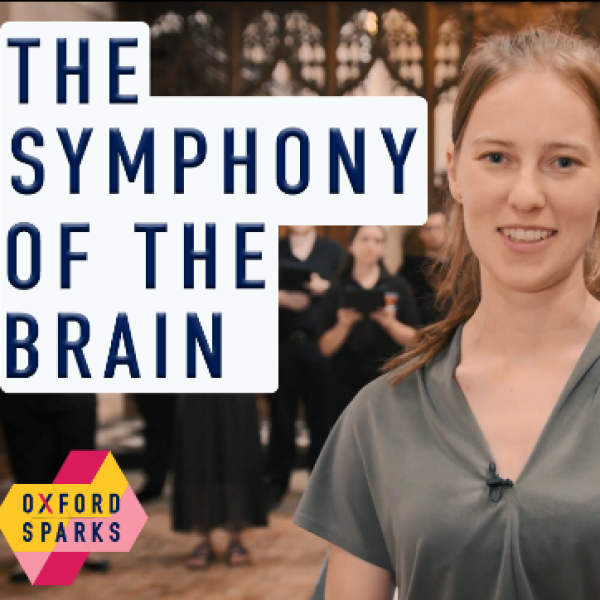Simulating prosthetic vision: Optimizing the information content of a limited visual display.
Visual prostheses for the restoration of functional vision are currently under development. To guide prosthesis research and allow for an accurate prognosis of functional gain, simulating the experience of a retinal prosthesis in healthy individuals is desirable. Current simulation paradigms lack crucial aspects of the prosthetic experience such as realistic head- and eye-position-dependent image presentation. We developed a simulation paradigm that used a head-mounted camera and eye tracker to lock the simulation to the point of fixation. We evaluated visual acuity, object recognition and manipulation, and wayfinding under simulated prosthetic vision. We explored three ways of optimizing the information content of the prosthetic visual image: Full-Field representation (wide visual angle, low sampling frequency), Region of Interest (ROI; narrow visible angle, high sampling frequency), and Fisheye (high sampling frequency in the center, progressively lower resolution toward the edges). Full-Field representation facilitated visual search and navigation, whereas ROI improved visual acuity. The Fisheye representation, designed to incorporate the benefits of both Full-Field representation and ROI, performed similarly to ROI with subjects unable to capitalize on the peripheral data. The observation that different image representation conditions prove advantageous for different tasks should be taken into account in the process of designing and testing new visual prosthesis prototypes.
2021. J Neural Eng, 18(4):046023.
2023. NPJ Parkinsons Dis, 9(1):93.
2017.Neural Comput, 29(2):368-393.
